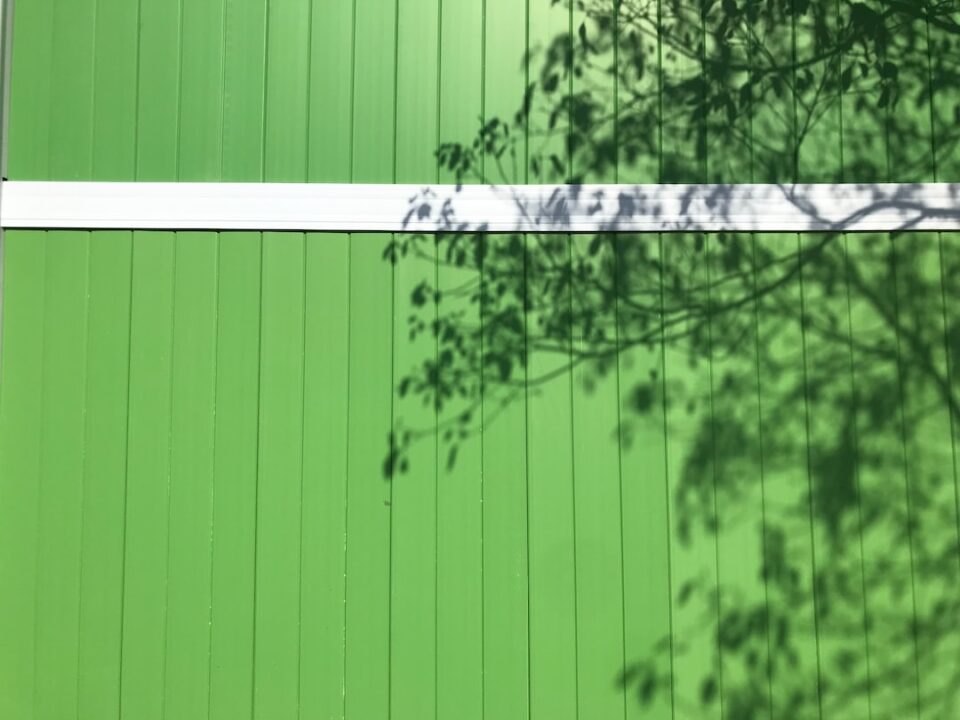From Pop Art to Street Art: Examining the Influence of Urban Culture on Contemporary Art
Art is a reflection of society, and nowhere is this more evident than in the evolution of urban culture and its influence on contemporary art. Over the years, we have witnessed the transition from Pop Art to the emergence of Street Art, each representing a distinct movement deeply rooted in urban life. This blog post aims to explore the influence of urban culture on contemporary art, tracing the trajectory from Pop Art to Street Art and highlighting the significance of this evolution.
Pop Art, born in the 1950s and 60s, emerged as a response to consumer culture and the mass media. Artists such as Andy Warhol and Roy Lichtenstein sought to challenge traditional notions of art by incorporating elements from popular culture into their work. Influenced by advertising, comic books, and consumer products, Pop Art captured the essence of urban life, embracing the vibrant colors, bold imagery, and familiar everyday objects.
The movement brought art down from elitist galleries and made it accessible to the masses. By using familiar images and incorporating elements of popular culture, Pop Art inadvertently drew inspiration from urban surroundings, reflecting the fast-paced, consumer-driven lifestyle of cities. It celebrated the mundane and transformed everyday objects into icons.
Fast forward a few decades, and we witness the emergence of Street Art in the late 20th century, particularly in urban landscapes. Unlike traditional forms of art, Street Art is characterized by its open-air, often illegal nature, and its ability to engage with a wider audience. From graffiti to murals, Street Art encompasses a diverse range of artistic expressions, each rooted in the shared experiences of urban life.
Street Art serves as a visual dialogue between artists and the communities they inhabit. It captures the energy, spirit, and often the discontent of urban environments. By reclaiming public spaces, Street Art challenges the notion of who has the right to display art and where it should be showcased. It sparks conversations, provokes thought, and brings art directly to the people.
There is a clear thread connecting Pop Art and Street Art, as both movements draw inspiration from the urban context. While Pop Art incorporated consumer culture into its pieces, Street Art channels the rebellious spirit and vibrant energy of the streets themselves. The ever-changing landscape of cities provides a constant source of inspiration for Street Artists, who utilize their surroundings to create captivating and thought-provoking works.
In recent years, Street Art has gained recognition and popularity in mainstream art circles, with renowned street artists such as Banksy becoming household names. This integration of urban culture into contemporary art has disrupted the traditional art world, challenging established norms and expanding the definition of what constitutes fine art.
The influence of urban culture on contemporary art is undeniable. From the vibrant colors and bold imagery of Pop Art to the rebellious spirit and engagement with public spaces inherent in Street Art, urban life continually shapes and inspires artistic expression. As cities evolve and the urban landscape changes, so too will the art that emerges from it. It is through this transformative and dynamic relationship between art and urban culture that we can truly appreciate the beauty and significance of contemporary art.

